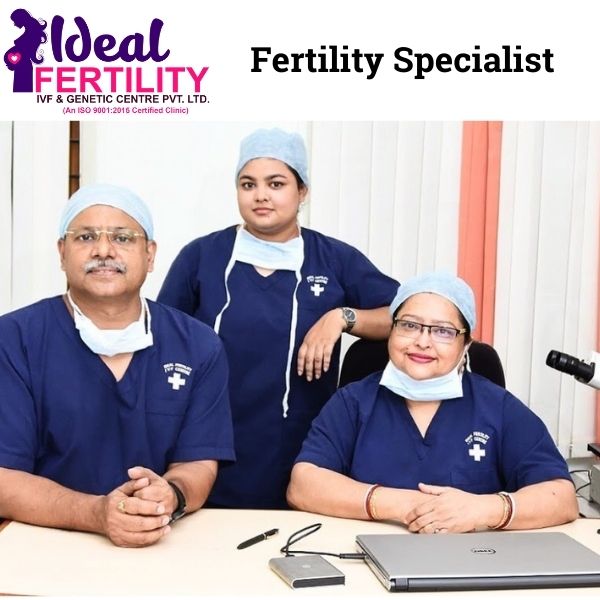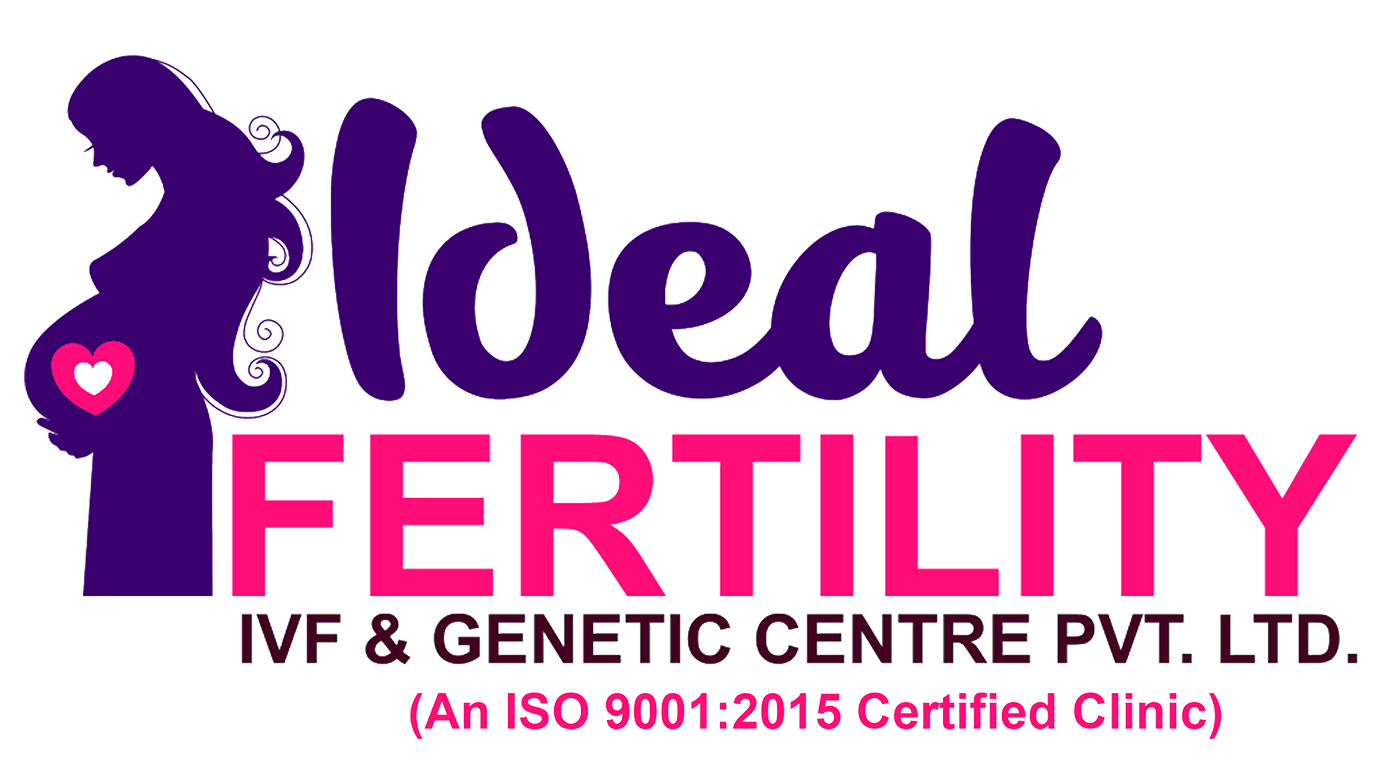In Vitro Fertilization (IVF) is one of the most successful assisted reproductive technologies, providing hope to couples who face challenges in conceiving naturally. While the process may seem overwhelming at first, each step is meticulously designed to maximize the chances of pregnancy. At Ideal Fertility, the IVF journey begins with a thorough diagnosis, followed by personalized treatment plans, ensuring that every couple receives the care and attention they need. This guide will walk you through the IVF process, from the initial consultation to embryo transfer, and explain each step in detail.
Initial Consultation with an Ideal Fertility Specialist
The IVF journey starts with a consultation where the fertility specialist conducts a thorough evaluation of both partners. This initial step is crucial as it helps identify any underlying conditions that may affect fertility, and it sets the foundation for a personalized treatment plan.
1. Diagnosis
A fertility specialist will begin by understanding the couple’s medical history, including any past fertility treatments, surgeries, or health concerns. Both partners are assessed to ensure that IVF is a suitable option. This stage includes a series of diagnostic tests to determine the best course of treatment.
2. Blood Tests
Blood tests are essential for assessing hormone levels and identifying potential fertility challenges. The female partner may undergo tests such as Anti-Müllerian Hormone (AMH), Follicle-Stimulating Hormone (FSH), and Luteinizing Hormone (LH) levels, while the male partner may need a basic semen analysis to evaluate sperm count, motility, and morphology. In addition, tests for sexually transmitted diseases, blood grouping, and HIV, Hepatitis B, and C screening are also performed for both partners.

3. Treatment Plan
Based on the results of these tests, the fertility specialist will develop a customized fertility treatment plan. This plan could include IVF or Intracytoplasmic Sperm Injection (ICSI), depending on the diagnosis. ICSI is often recommended for male factor infertility, where a single sperm is injected directly into the egg, enhancing the chances of fertilization.
IVF Treatment Procedure
While both IVF and ICSI share similar early steps, the main difference between the two lies in the insemination method after egg collection. Here, we’ll focus on the general IVF process, with mention of ICSI where relevant.
Step 1: Preliminary Health Evaluations
Before starting the IVF procedure, certain investigations are conducted to ensure the process’s feasibility and success. Both partners undergo medical assessments to check their overall health and identify any conditions that might hinder the treatment.
- Female partner tests: Hormonal blood tests are performed to evaluate ovarian reserve and hormone levels.
- Male partner tests: A semen analysis is conducted to check sperm quality and quantity.
- Common tests: Both partners undergo blood grouping, HIV, Hepatitis B & C tests, and tests for sexually transmitted diseases.
These investigations help the fertility team assess whether the couple is ready to proceed with IVF or if any preliminary treatments are needed.
Step 2: Long or Short Protocol
Once the initial investigations are completed, the fertility specialist determines whether the couple will undergo a long or short IVF protocol. This decision is based on the couple’s medical history, fertility profile, and the specialist’s assessment.
- Long Protocol: This protocol typically lasts about a month and is divided into two phases: suppression and stimulation.
- Suppression Phase: The female partner begins taking daily subcutaneous injections, usually starting on day 22 of her menstrual cycle. These injections suppress the natural menstrual cycle, preparing the ovaries for controlled stimulation.
- Stimulation Phase: After approximately 15 days, a different set of injections is introduced to stimulate the ovaries to produce multiple eggs. This phase usually lasts 10 to 14 days, during which daily injections are administered. The dosage may be adjusted depending on how the ovaries respond.
- Short Protocol: This protocol is shorter, typically lasting 15 to 18 days. The female partner is given daily injections and medications to stimulate egg production, and the process continues until the eggs reach maturity.
Throughout the stimulation process, patients are closely monitored with ultrasound scans to assess the growth and number of follicles in the ovaries. Timing is crucial at this stage to ensure the eggs are collected at the right time for maximum success.
Step 3: Egg Collection
Once the follicles have matured, the fertility specialist schedules a day for egg retrieval. This procedure is carried out under vaginal ultrasound guidance, ensuring accuracy and minimizing discomfort for the patient. The procedure typically does not involve any cuts or incisions on the abdomen.
The egg collection process requires a brief stay at the hospital, usually for half a day. The patient is evaluated by an anesthesiologist before the procedure, and the eggs are retrieved while the patient is under mild sedation or anesthesia.
During the retrieval, multiple eggs are collected from the ovarian follicles and are then placed in an incubator. Not all follicles may contain mature eggs, but the goal is to retrieve as many viable eggs as possible to increase the chances of successful fertilization.
Step 4: Semen Preparation and Embryo Placement in Uterus
On the day of egg collection, the male partner provides a semen sample, which is prepared in the laboratory to isolate the healthiest sperm. The collected eggs are then fertilized in one of two ways:
- IVF (In Vitro Fertilization): The eggs are mixed with sperm, and fertilization occurs naturally in a petri dish.
- ICSI (Intracytoplasmic Sperm Injection): In this method, a single sperm is directly injected into the egg, which is ideal for couples dealing with male factor infertility.
Once the eggs are fertilized, they are placed in an incubator to develop into embryos. After a few days, typically 3 to 5, the best-quality embryos are selected for transfer.
How the Procedures are Carried Out?
Egg Retrieval
Egg retrieval is a quick and minimally invasive procedure, typically performed on an outpatient basis, allowing the patient to go home the same day. To ensure comfort, the procedure is done under mild sedation or anesthesia. During the process, the fertility specialist uses ultrasound imaging to guide a fine needle through the vaginal wall to the ovaries, where the mature eggs are carefully collected from the follicles.
Once retrieved, the eggs are immediately placed in an incubator, where they are prepared for the fertilization process. While most follicles contain mature eggs, there can be instances where no eggs are collected or the quality of the eggs may be suboptimal. If this occurs, the fertility specialist will discuss possible reasons and recommend the next steps, which may include adjusting the treatment plan or exploring other options.
Embryo Transfer
After fertilization and a few days of development, the healthiest embryos are selected for transfer into the uterus. The embryo transfer is a straightforward and generally painless procedure that doesn’t require anesthesia. The doctor uses a speculum to gently open the vagina and visualize the cervix. A thin, flexible catheter is then inserted through the cervix into the uterus.
Under ultrasound guidance, the embryos are carefully placed into the uterine cavity at the optimal location to enhance the chances of implantation. Once positioned, the embryos are released from the catheter into the uterus. Ideally, the embryo(s) will implant in the uterine lining, marking the beginning of pregnancy. The entire process is quick and requires minimal recovery time, allowing the patient to resume normal activities shortly afterward.
Conclusion: The Path to Parenthood with IVF
IVF is a highly effective treatment for couples who face challenges in conceiving naturally. Each step of the process is carefully monitored to give the highest chance of success. From the initial consultation with a fertility specialist, through egg collection, fertilization, and embryo transfer, the team at Ideal Fertility ensures personalized care every step of the way. While the journey may involve some hurdles, IVF offers hope to many individuals and couples striving to build their families.

